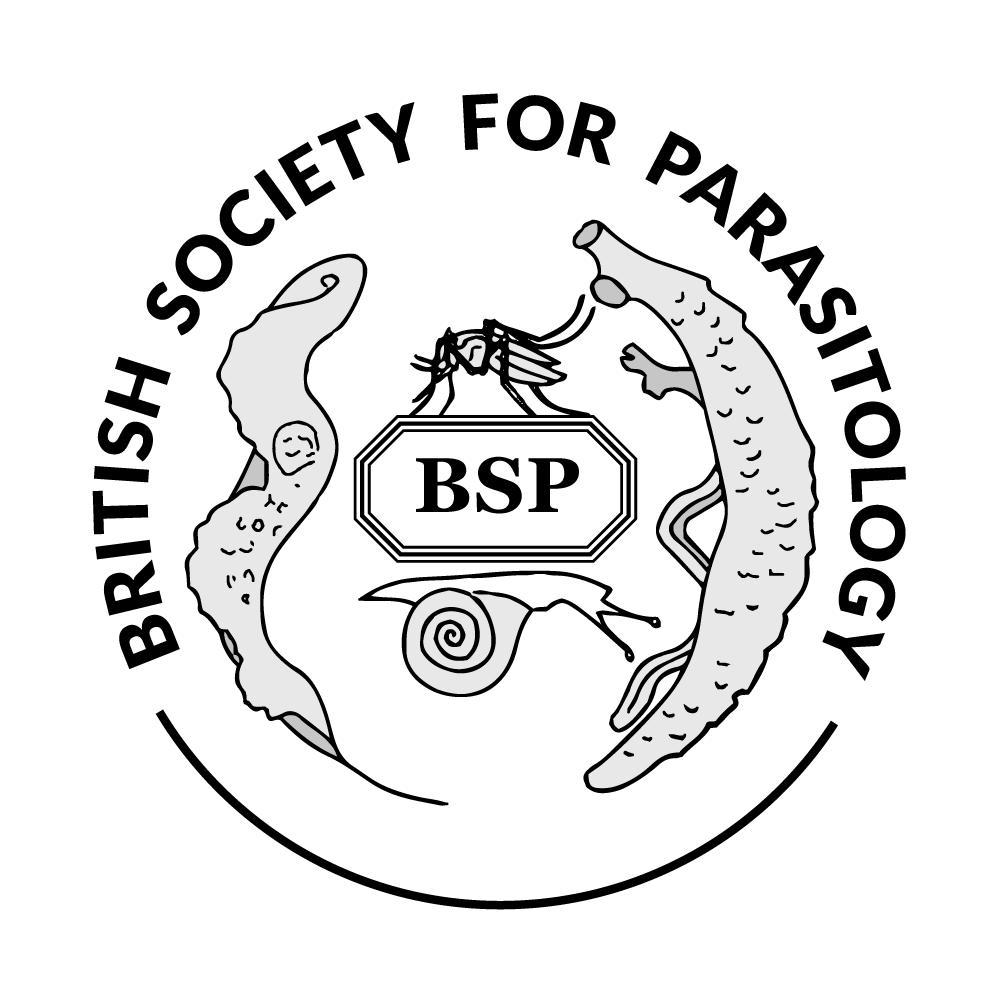Discussion
Background: In developing countries, infections caused by soil-transmitted helminthes (STH), such as Ascaris lumbricoides, Trichuris trichiura, and hookworm pose major public health problems among school-age children, resulting in impaired physical growth such as stunting and thinness, and cognitive development. This study aimed therefore to determined the prevalence of STH, malnutrition and factors associated with transmission among school-agechildren (SAC) in four local government areas in Ibadan. Method: A cross-sectional study was carried out in eight primary schools in Ibadan, Oyo State, Nigeria, from May to November, 2018. SAC ages 5 to 18 years old were randomly selected from primary one to six, across four Local Government Areas. Stool samples were collected and helminthe eggs were quantitatively estimated using the Kato-Katz thick smear technique. Anthropometric data was obtained using a height measuring tape to the nearest 0.1 cm while weights were recorded using weighing scale to the nearest 0.1 kilograms. Malnutrition indices such as stunting and thinness were defined as Height-for-Age Z-score [HAZ] <-2Standard Deviation (SD) and Body-Mass-Index-for-Age Z-score [BAZ] <-2SD respectively. Multivariable logistic regression was used to assess factors associated with STH, thinness, and stunting. Results: A total of 458 SAC took part in the study, and an overall prevalence of 9.0% (95% CI 6.6 to 11.6) was observed for STH; 7.6%(95% CI 5.2 to 10.0) for A. lumbricoides, 2.8% (95% CI 1.5 to 4.6) for Trichuris trichiura and 1.5% (95% CI 5.4755.18) for double infection. Stunting and thinness were 24.7% (95% CI 94.5 to 98) and 27.3% (95% CI 29.5 to 38.6), respectively based on the WHO reference Growth Standards. Notably, ages of the children (Adjusted OR= 1.688; 95% CI: 1.412 to 2.018; P<0.001), unhygienic classes (Adjusted OR= 0.729; 95% CI: 0.559 to 0.950; P= 0.019) and improper washing of hands (Adjusted OR= 0.815; 95% CI: 0.381 to 1.741; P = 0.031) were important factors associated with determining, stunting, thinness and STH infestation. Conclusion: The study has highlighted factor that predisposes SAC to high risk of STH infection, stunting, and thinness. Improper washing of hands, such as washing without soap, among the sampled children were more likely to be positive for STH infestation and thinness than those who washed their hands properly after defecation. Promotion and supervision of students’ personal hygiene and improvement in parents’ socio-economic status may further help to reduce the prevalence of STH, stunting and thinness among school children in these LGAs in Ibadan.
Keywords: Soil-transmitted helminthes, School-age-children, Stunting, Thinness, Ibadan.

